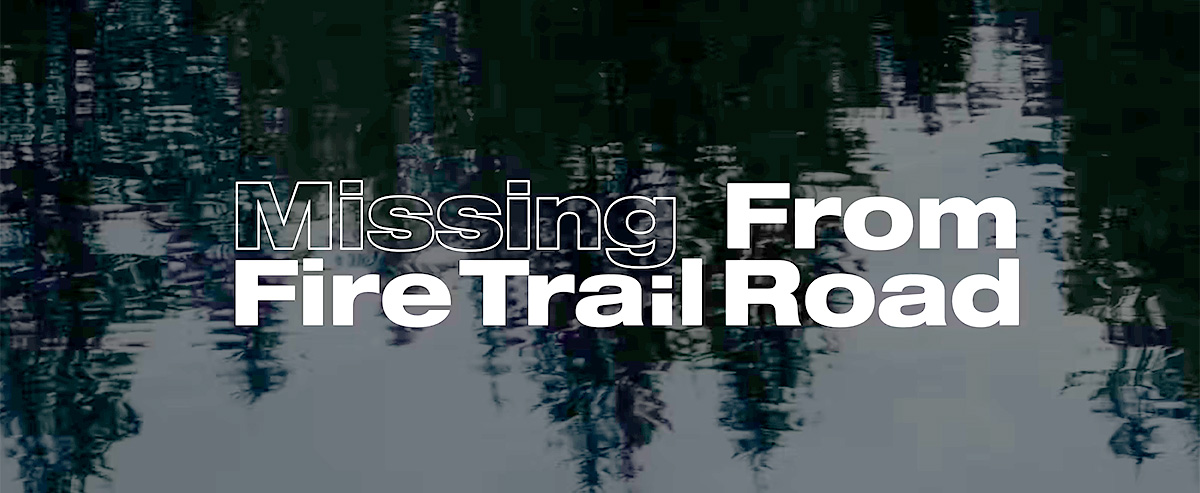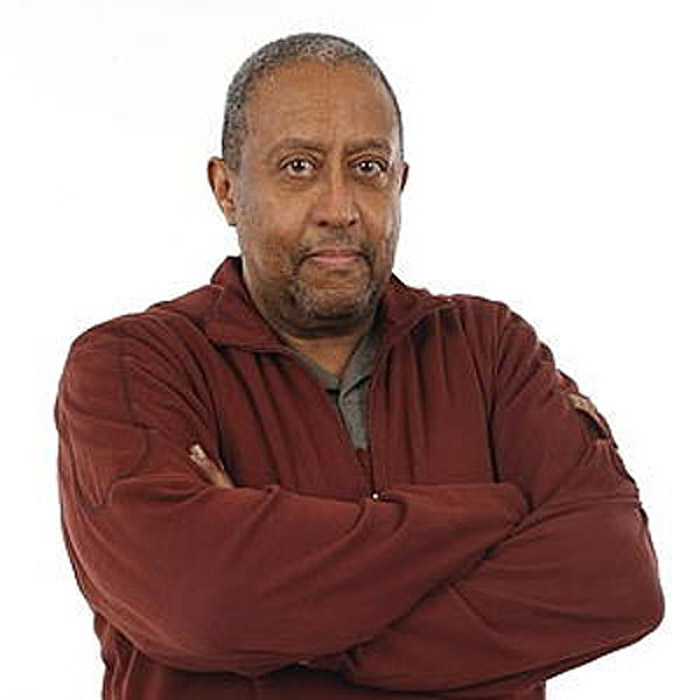In the opening scenes of the film, as Van Tassel’s story unfolds slowly through key characters conversing about Native American Mary Ellen Johnson-Davis’ 2020 sudden disappearance Thanksgiving eve from the Tulalip Reservation, which is about a 50-minute drive from Seattle.
Mary Allen is one of hundreds and hundreds of Native American women who are missing and suspected of being raped and murdered as well as those whose bodies have been found. The early scenes serve as a cinematic device to prepare audiences about the one part of the heart and soul of the movie, that is, the wrenching genocidal menace plaguing Native Americans. The other part is what Native American activists and a filmmaker are doing to end the menace once and for all.
Woven in the thick, ethnographic fabric of Van Tassel’s poignant documentary narrative – in her pursuit of truth-the-whole-truth-&-nothing-but-the-truth – are sketches, vignettes, anecdotes, stories, customs, traditions, practices, sociopolitical analysis, and histories (regional and national). The result is an extraordinary story that absolutely has to be told and re-told, seen and re-seen, echoed and reechoed: The genocide is real and so are efforts to end it once and for all.

Picture by Cyril Thomas
Director Van Tassel, according to 2024 Tribeca press information, has been lauded for award-winning documentaries on women, social justice and political matters. Her 2020 feature, THE STATE OF TEXAS VS MELISSA, about the first woman, Hispanic, condemned to die on death row in Texas, created a national media stir, eventually exploding virally around the globe. After premiering at Tribeca and winning 16 awards around the globe, the documentary sparked an effective grassroots campaign, social and celebrity support. Melissa Lucio was spared 48 hours before she was to die by lethal injection.
Did what happened with Van Tassle’s THE STATE OF TEXAS VS MELISSA augur what could happen with MISSING FROM FIRE TRAIL ROAD?
This reviewer certainly thinks so.
The Who-What-Where-When-Why-How (5Ws&H) WORD Film Review
This reviewer learned about this film way too late to attend a Tribeca screening with a Q&A with the director and others involved with the film. What follows, including use of excerpts from the film, is a decent substitute.

Teri Gobin
I am the chairwoman of the Tulalip Tribes. We are the fishing people. We are the salmon people, the descendants from the Snohomish, Snoqualmie, and allied bands.”
“Native women like Mary Ellen are missing because they’re easy prey. The numbers of the Native women that are missing are higher than any nationality throughout the United States. It is like predators know that this is a lawless land. People use the reservation as dumping grounds for bodies. For years, no white man who abused a Native person could be prosecuted through our courts at all, and it kind of gave non-Native perpetrators the open field to come in and violate Native people.”
Historian Tessa Campbell
“All the trauma that we see today, all the mental health issues (lands), it stems from the boarding schools. This genocide has to be acknowledged.
“Children were abducted from their home, neglected, locked in rooms, beaten. If a parent withheld their child from going to the boarding school, those parents were put in jail.”
“The goal (of the Powers That Be that exert power and influence over the lives of Native Americans) was not only to destroy the Native spirit, there was the term, save the man, kill the Indian, which was coined by Richard Pratt, the founder of the first boarding school in the United States.
“It’s a whole manual that was printed by the Bureau of Indian Affairs and distributed to every Indian agent in the country. So, if you read through it, there’s a quote that always strikes a chord with me. It says, the goal is not to make scientists or doctors or lawyers out of the citizens. The goal is to make domestic housewives and farmers and laborers.
“The terminology that was used is dirty, savage, uneducated, wild, untamed, murderous. And so, keeping this new population suppressed, it affirmed their superiority.”
“It’s a history that’s been buried intentionally by the U.S .government. Of course, there’s the stories of sexual abuse. The trauma has been passed on. The correlation between the rape of Native women and the boarding school is we have this culture where children went missing all the time. This is still happening, but in a different way, and it’s not seen as the priority to the authorities. This is this cycle that we need to break.”
Gabriel Stephen Glanda
I’m an indigenous rights’ lawyer in Seattle, Washington. The United States Supreme Court has said that tribal governments do not exact inherent criminal jurisdiction over non-Indians.
So, indigenous humanity does not enjoy the same legal civil rights protection as the humanity of every other Americans born to this country. That rule has created havens on reservations for murderers and rapists.
In an ideal world, you would have every available law enforcement officer joining arms to find an indigenous woman who has been murdered or [inaudible 00:00:53] missing, but that does not happen. What happens is a game of hot Potato, “Oh, this is the tribe’s issue.” “Oh, no, this is the States issue.” “Oh, no, this is the federal issue.” “Oh, that man’s no longer at Talelab, he now lives in some non-Indian community.” So what they ended up doing is playing political hot potato with the matter, and no one ever gets to work.
The FBI has robust criminal authority over reservation crimes, and investigate and ultimately prosecute crimes. The challenge, however, is that the FBI rarely, if ever, does that. They are more interested in counterterrorism, which is legitimate, and domestic terrorism, which is legitimate. But when it comes right down to whether an indigenous woman matters enough to receive federal interest, when she goes missing or is raped or murdered, generally speaking, the interest is not there. And that is why it’s not just Mary, but it’s hundreds to thousands of other women and girls who are no longer even accounted for.
Police Officer
The Mary Davis case is complicated.
Mary was a person that was semi homeless, doing a lot of couch-surfing and living with various people. Not as a primary residence, but moving around a lot. And she had her challenges and issues with a very hard and difficult life. She had an inner circle of people that are all being reviewed by the police, and we certainly hear the accusations and rumors and pointing of fingers at different people. Estranged husbands or family members. But when somebody is not charged with a crime and there’s no warrant or subpoena, we cannot restrict movement and we’re aware of the history and the allegations of abuse. We still are treating this as an abduction homicide case, but we don’t have a body.
Due to our proximity to a major metropolitan area, Seattle and the interstate freeway, which goes from Mexico to Canada, we know that there is movement and transportation of women across state lines. They can be trafficked, moved, murdered and their bodies dumped or buried and it may take years or sometimes never to find those missing loved ones. Often, these are marginalized, disenfranchised women who don’t have a voice, who may be just barely hanging on in society to survive and their perpetrators know that. Somebody knows what happened to Mary. I believe we do have a killer loose in our community or in our surrounding area, and somebody knows or saw or heard something.
FBI Special Agent Richard A. Collodi
I’m the special agent in charge of FBI Seattle’s Field office, including the investigation of Mary Johnson Davis disappearance.”
“Because it’s an ongoing case, I can’t speak about the specifics or the facts as to what investigative action has occurred. When we do conduct an investigation into crimes in Indian country, the FBI is fully engaged. Will commit all of its resources within that investigation. The decision to use a seeking information and a reward was to elicit additional information that may be out there, locate Mary, bring Mary home, or hold the person responsible for her disappearance.”
“Just by an individual being missing does not mean that a crime has occurred. I think categorizing Indian reservations or Indian territory as lawless or loopholes is wildly mischaracterizing what the truth is on those. Typically, our indigenous women would be victimized the same as any other person. They could be the victim of any crime, just like anyone else. It would be inappropriate to say they are targeted for specific crimes. I don’t have statistics that definitively say that native women are the most targeted. I don’t have statistics to say that they’re more at risk than others.”
The statistics of what the actual number is varies greatly by reports. Does Washington under report or over-report compared to other states? That’s one of the challenges, why there are questions related to this issue. A criticism that an agency is not contributing or does not have enough resources. My response is that is why we work collaboratively with all the partners within the community. The FBI’s mission throughout the United States is broad. The number of agents is dictated to us, and so we must prioritize the programs and the threats that our agents work. We take it very seriously and are heavily invested in time and resources to address violent crime on our Indian reservations.
Director Sabrina Van Tessel Interview With Journalist Gig Patta
Gregg W. Morris can be reached at gregghc@comcast.net, profgreggwmorris@gmail.com

Editor, Publisher Gregg W. Morris